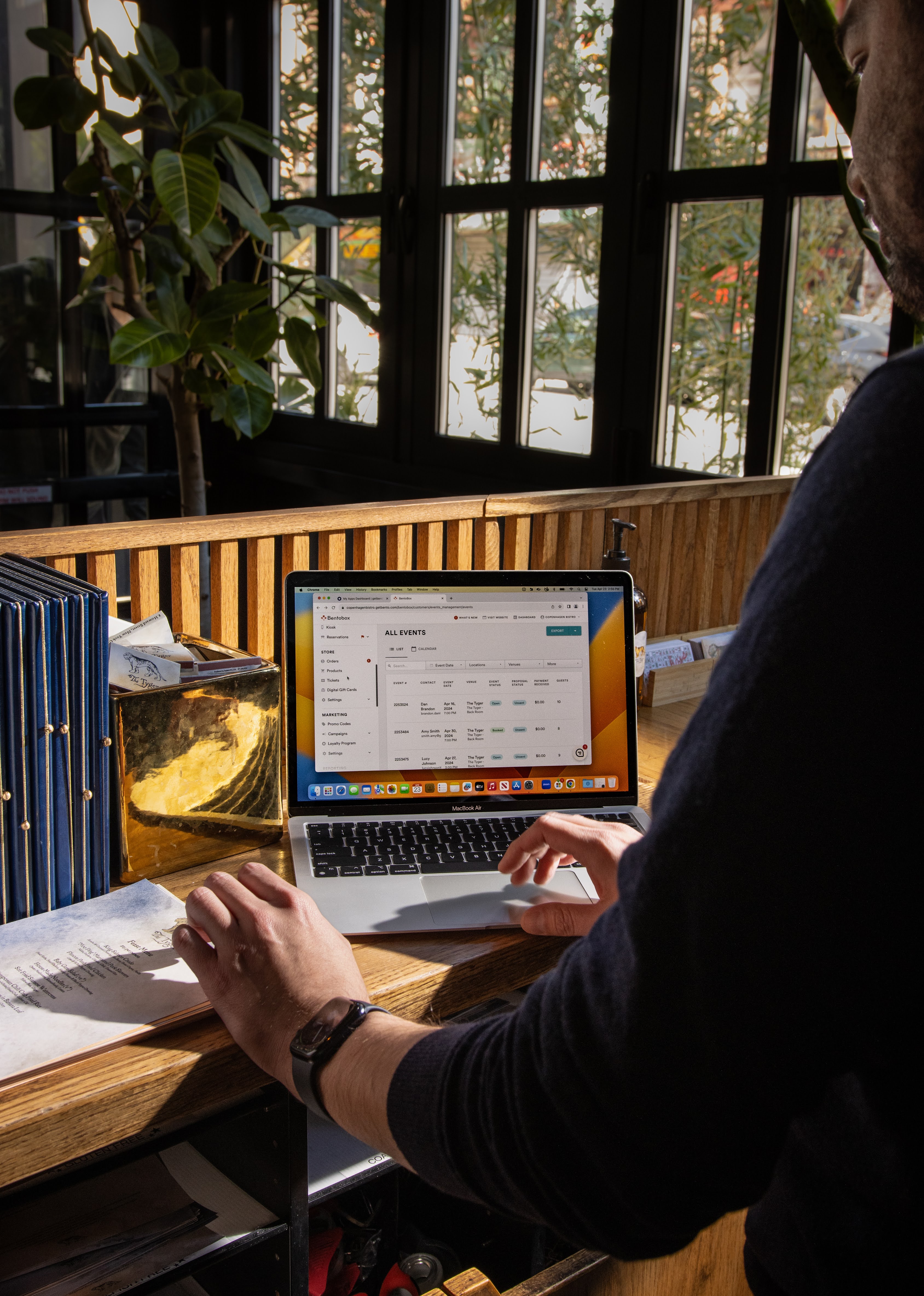Operations
Four Essential Reports You Can Run from Your Restaurant POS
December 27, 2018
The top data and analytics to be pulling from your point of sale.
This post is a contribution from Amanda McNamara, Content Marketing Specialist at Toast.
Reports that give you a deeper look at your restaurant's data can be a powerful tool to inform your business decisions. If you already run reports regularly, you’re in good company: according to a 2017 study, 46% of restaurateurs check their business’ reporting and analytics every day. While your restaurant website’s backend can be a powerful place to pull numbers about website traffic, ecommerce revenue and SEO rankings, another everyday tool you can look to for information is your restaurant’s POS (point of sale) system. Here are some key POS system reports you can pull regularly from your POS as you dive deeper into your restaurant’s analytics.
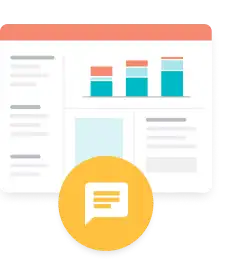
PRODUCT
Turn Your Website Into a Revenue Generator
Create your digital storefront for online ordering, catering, gift cards, merchandise, events and more.
Restaurant Sales Reports
The number one report you should be pulling from your POS is your restaurant’s sales report. A traditional sales report will give you insight into what is being sold, for how much and how often, by whom, and to whom. Your ability to get granular about your restaurant’s sales depends on your POS’s reporting capabilities. For example, the sales dashboard on Toast’s POS provides data such as individual items sold, tips collected, credit card types, sales by a server, and more. Having access to this information can help you better strategize inventory purchasing, menu refinements, and scheduling during busy shifts.eco
To get more specific information, you can run a Z report. Think of the Z report as a shift-at-a-glance: typically run by the manager on duty at the end of a shift, the Z report gives an overview of that shift’s sales performance. It also resets the data in your restaurant’s POS system so that after running a Z report, the next customer ticket to be entered into your system will read 1 and your net sales will read $0.
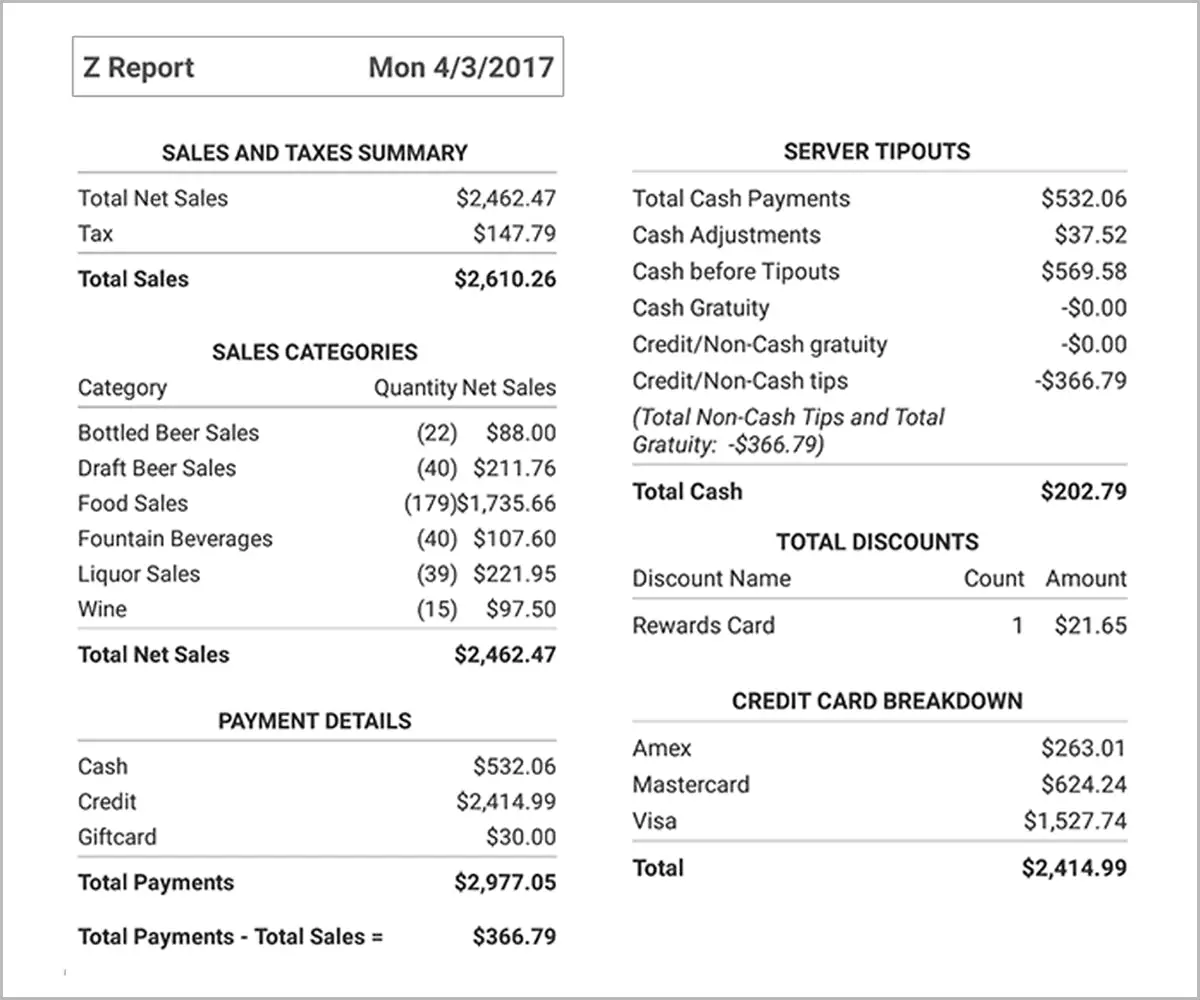
Labor Reports
Labor reports are the best way for restaurant management to gain deeper insight into your team’s performance. This report should provide a summary of each of your front of house employees’ sales, gratuities, average table turn time, and hours worked.
For example, every front-of-house staff has a rock star server: the one who turns tables faster than the hands on a clock, never forgets a lemon wedge, always gets 20%, and somehow manages to do their side-work along with their regular meal-service responsibilities. A labor report will enable you to learn more about how they do what they do — information you can then share with other staff to uplevel everyone’s skillset.
CRM Reports
If your POS system has a customer relationship management (CRM) system that captures your customers' contact information and order history, you can get a better look at your guest’s behavior. Customer reports can identify guests who visit your restaurant most frequently or spend the highest amount there. When you know who those guests are, it's easy send them a targeted email as thanks or a promo code for their next online purchase. You can also use CRM reports to dig into individual customers, viewing detailed information like their average check, the last date they dined in, and most frequently ordered items. Learning more about the guest experience at your restaurants can help you run a better operation.
It’s also wise to run a CRM report if your restaurant has a loyalty, membership, or rewards program. LevelUp found that participants in loyalty/rewards programs will spend 39% more when they’re close to redeeming an offer or incentive. Running this report helps you track the return from these programs and provides insight into what types of guests are participating in them, so you can better market them in the future.
Product Mix Reports & Menu Reports
After you’ve labored over a menu and gotten your kitchen flow just right, it’s time to track how your food is performing. Product mix and menu reports automatically track menu sales and uses that data to show exactly how your menu items are affecting your sales. These reports allow you to identify the top menu groups, items, and modifiers. If you want to drill down even more, check out how your menu is performing by time and day of the week. Every day, easily identify the items that are directly contributing to restaurant sales — and consider dropping those that aren’t.
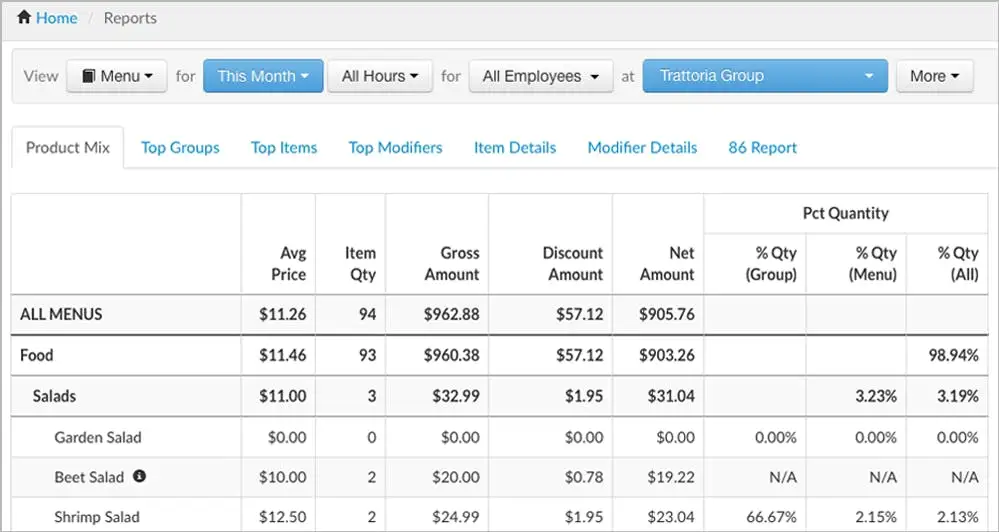
Final Note: Use What Works
No two restaurants are exactly alike, so no two restaurants approach reporting the exact same way. With different target markets, goals, and concepts, it’s only natural that different reports will resonate for you. Above all, make sure that the restaurant POS system or analytics platform you’re investing in gives you access to the reports you need to power a successful restaurant.

BentoBox Marketing & Commerce Platform
Deliver Smarter Hospitality
Want to stand out online, bring in more money, engage your diners, and streamline operations?
Recommended
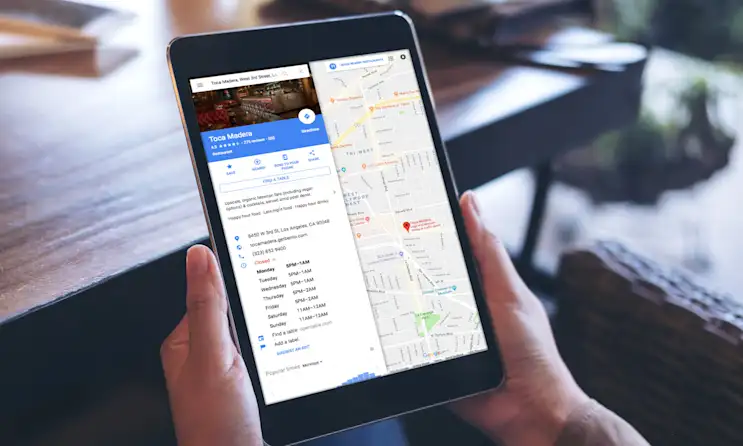
Marketing
How To Use Google My Business for Your Restaurant
August 3, 2018
How to manage and improve your restaurant’s presence on Google’s platforms

Operations
3 Ways to Improve Your Restaurant Website Updates
May 9, 2018
Simple ways to make the most out of your updates
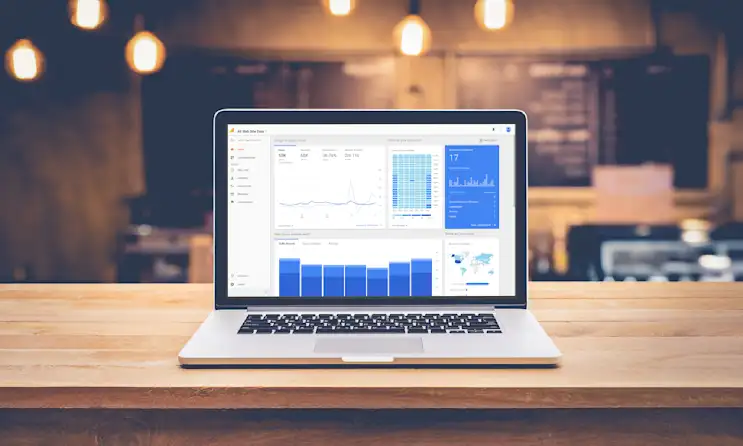
Marketing
How to Make Google Analytics Work for Your Restaurant Website
December 20, 2017
An easy to follow, step-by-step guide
